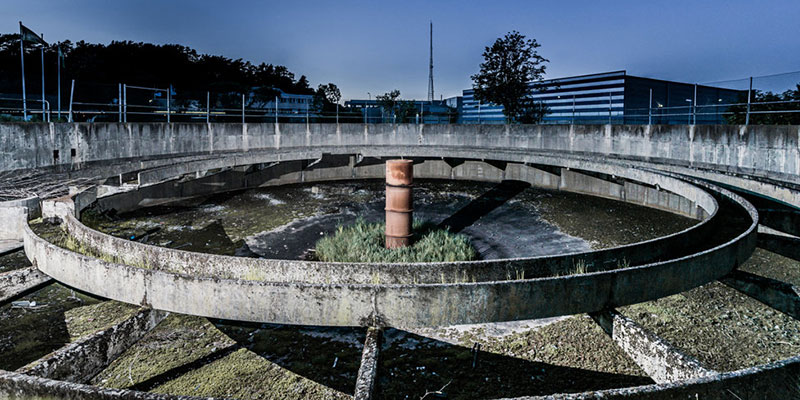When badly maintained water infrastructure becomes dilapidated and obsolete, it may not be worth fixing.
With financing structures like BOO and BOOT, a private company takes over operations of public infrastructure, including maintenance
Construction of new water infrastructure is often the first solution considered to address water challenges, but decision-makers frequently underestimate the costs of long-term operations and maintenance (O&M).
After spending large amounts of capital, utilities may find themselves unable to keep up with their new infrastructure’s O&M needs, and the infrastructure becomes dilapidated, obsolete, and ultimately not worth fixing. At that point, the only option is to build again.
A number of common factors are known to contribute to this costly sequence of events, known as the build-neglect-rebuild cycle. They include:
- Difficulties with long-term professional staff retention
- Low organizational and planning capabilities, including a lack of O&M procedures and protocols
- Political interference and governance complexities
- Low consumer water prices
- Lack of incentives and accountability
- Legal and regulatory obstacles
- Weak inventory systems
Building and rebuilding are far more expensive and less effective than investing in the necessary O&M. Utility operators must put as much planning into what will happen after commissioning as they put into the building process.
Public-Private Partnerships
An increasingly popular way to avoid the build-neglect-rebuild cycle is through the use of public-private partnerships (PPP).
Under the PPP model, a private company with expertise and resources contracts with a public entity to finance, build, and even operate public infrastructure. By addressing both the capital investment and the long-term O&M costs, public-private partnerships can keep public infrastructure from being drawn into the build-neglect-rebuild cycle.
Public entities may face scrutiny over PPP contracts when leaders and citizens are uncomfortable ceding control of a public resource to a private company. Fluence’s Water Management Services addresses those concerns with its build-own-operate (BOO) and build-own-operate-transfer (BOOT) agreements.
BOO and BOOT structures can deliver infrastructure with no upfront investment, so taxpayers aren’t unduly burdened with a tax jump or long-term financing costs. While the private company retains ownership of the infrastructure, it only gets paid if it delivers the quality and quantity of water specified in the contract.
Because the company owns the infrastructure, it is incentivized to use durable equipment and maintain adequate upkeep of facilities. The financial risk and the burden of long-term maintenance are shifted from the public entity to the private water company.
In a PPP, the private water company focuses its attention solely on water services, freeing municipalities to focus on the many other services that their constituents care about.
Reducing Water Infrastructure Maintenance Burdens
BOO and BOOT agreements free the public partner from a number of burdens and it only needs to pay for water services. Because prices are included in a PPP contract, both the capital investment and ongoing maintenance costs are secured.
Executing PPP contracts can be complex and time consuming, but jurisdictions around the world, from the United States to Southeast Asia, are revamping legal frameworks to encourage PPP projects. The same types of BOO and BOOT contracts also are available to private businesses.
Contact Fluence to avoid the build-neglect-rebuild cycle. Our PPP structures deliver updated infrastructure with no need for capital investment or worries about operations and maintenance.

